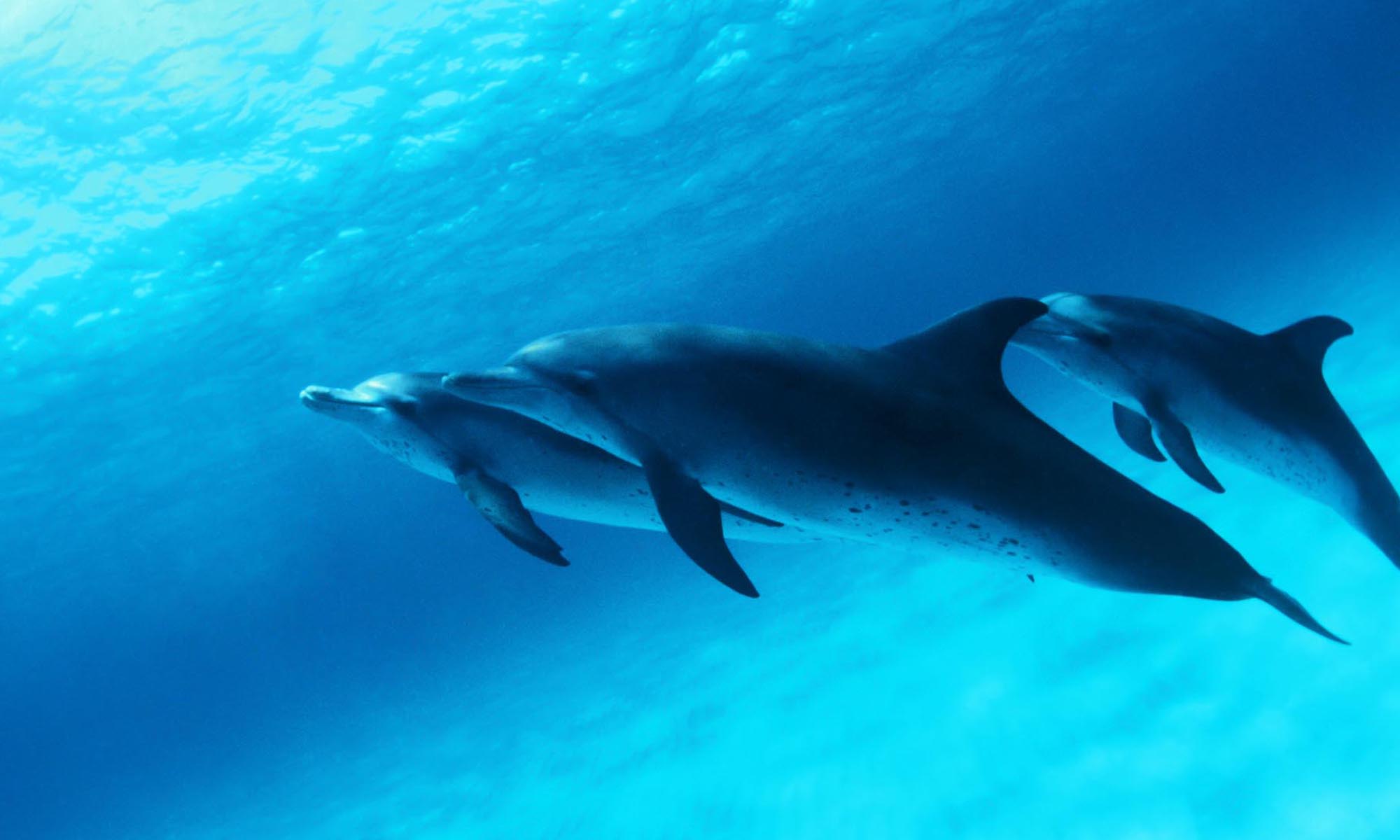On August 6, 2018, the U.S. Court of Appeals for the Fourth Circuit granted a petition setting aside an Incidental Take Statement (ITS) of the U.S. Fish and Wildlife Service (FWS) which had been issued under the Endangered Species Act (ESA) in connection with the approval of the Atlantic Coast Pipeline, a 600-mile natural gas pipeline proposed to run through parts of West Virginia, Virginia and North Carolina. Sierra Club, et al., v. U.S. Dep’t of the Interior, Nos. 18-1082 & 18-1083 (4th Cir. Aug. 6, 2018).
Instead of setting numeric limits as to the number of protected individuals authorized to be “taken” under the ESA, the ITS used habitat surrogates which defined the permissible “take” in terms of the amount of adversely affected habitat rather than by a numeric limit on the number of individuals that could be harassed or killed. The court found the ITS to be arbitrary and capricious because it did not comply with the three requirements for habitat surrogates: (i) FWS must describe the causal link between the surrogate and the “take” of the species involved; (ii) FWS must explain why it is not practical to express the amount or extent of the “take” in terms of numbers of individuals affected; and (iii) FWS must set a clear standard for when the anticipated “take” has been exceeded.
The ITS failed to satisfy these requirements as to five endangered or threatened species for the following reasons:
- Clubshell Mussel (Pleurobema clava) (endangered). FWS failed to explain the causal connection between the dimensions of the habitat set aside and the species involved, a three-inch mussel that lives below the substrate surface and 48 of which had been found in the vicinity of the pipeline. The ITS’s authorization of the taking of a “small percent” or a “majority” of the individuals within the fixed areas was not a clear and enforceable standard. In addition, since FWS had, through a prior survey, discovered 429 of the mussels in the potentially affected area, it failed to explain why setting a numeric limit was impractical.
- Rusty Patched Bumble Bee (Bombus affinis) (endangered). The protected area arrived at here was based on a single bee and the assumption that it was “statistically likely” that at least one colony was in the 653 hectacre zone at issue. The bounds of the protected geographic area had a causal link to the species involved, but the take standard — limited to one colony or a “small percent” of queen bees — was arbitrary and capricious. There could be more than one colony and a “small percent” of queen bees was unclear. FWS also failed to show that a numeric limit was impractical because it had done the study finding the one bee.
- Madison Cave Isopod (Antrolana liva) (threatened). The pipeline was projected to affect .74% of this crustacean’s habitat in Augusta County, Virginia. A numeric limit here was not practical because the crustacean was one-half inch long and lived in underground aquifers. However, FWS did not explain why the protected habitat was limited to less than half of the potentially affected area, and the take limit — a “small percent” — was unenforceable.
- Indiana Bat (Myolis sodalis) (endangered). The designated areas here were not a true surrogate because a “small percent” of the bats within such areas was indeterminable. In addition, two of the chosen areas appeared to have been arbitrarily cut in half. Moreover, FWS had surveyed the IBat in the past, finding 425 in Virginia and 1,076 in West Virginia, so a numeric limit on the authorized takes was not impracticable.
- Northern Long-Earred Bat (Myolis septentrionalts) (threatened). Even though FWS established a causal link between this animal and the areas designated, the surrogate was not proper because the limit — “small percent” — was not enforceable and there had been no showing that a numeric limit was impracticable.
The court vacated the ITS. The court also granted another petition challenging a permit issued by the National Park Service allowing the pipeline to cross under the Blue Ridge Parkway.
